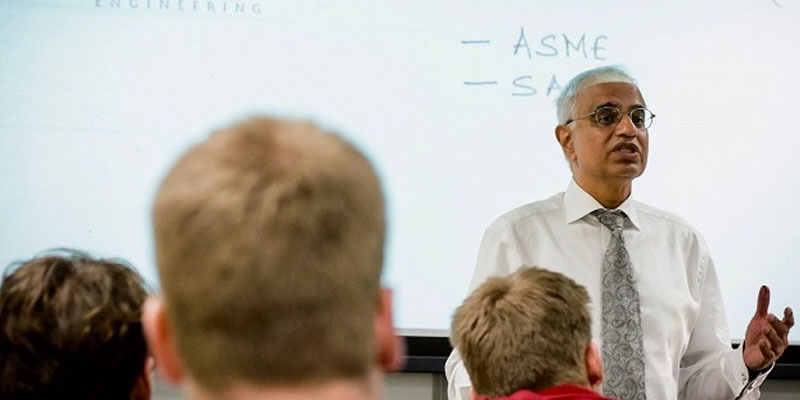
Dual enrollment is a program that allows students to earn college credits while still in high school. In other words, it is an opportunity for high school students to gain a leg up on their peers. The way it works is simple. Alabama community colleges partner with local high schools, and students use their elective periods to take college courses. The completed college coursework is applied to both the student’s high school graduation requirements and the student’s college transcript.
The results are tremendous. By the time a dual enrollment student graduates high school, it is possible that he or she will have earned enough credit hours to also receive a two-year degree. The credit hours through dual enrollment can be applied not only towards a two-year degree, but can also be transferable to a four-year university. Industry-recognized certifications are also available, which qualify students to enter the workforce immediately. Any of these outcomes should be considered a success depending on that particular student’s needs and goals.
But there is a catch. The dual enrollment program is not free. Each student who enrolls in the program is responsible for paying program tuition to the community college. However, most students are afforded this otherwise unattainable opportunity through state-sponsored scholarships for the career-technical dual enrollment program. I was pleased in previous years when the Legislature appropriated $10.3 million to support Alabama’s dual enrollment students, but it turns out that there was a greater demand than expected.
With only $10.3 million in available funds, over $12 million worth of dual enrollment scholarship applications were received from students across Alabama. While it is unfortunate that some motivated students were not able to take full advantage of the program, this is, in fact, good news. To me, this is clear evidence that the dual enrollment program is gaining in popularity and is working successfully.
Let me give you a real example. Just recently, I learned of a public high school student who is scheduled to graduate a couple of months. Before he receives his high school diploma, he will have earned enough college credit hours through the dual enrollment program to receive an Associate’s Degree. Not only that, but he has a $42,000 per year job offer from a local manufacturing company and a scholarship offer from a four-year institution.
This is a real success story. The dual enrollment student is the clear winner, but so will be the manufacturer or the four-year school who are competing for him. Dual enrollment has given this student both educational and career-oriented options. It prepares young Alabamians to financially support themselves and their families without the burden of student loans, and it benefits industry in Alabama, which is desperately seeking to provide high-paying careers for the right candidates. Keep in mind, also, that the state’s modest investment in each dual enrollment student is quickly returned, as they are likely to contribute economically in a short period of time.
The Alabama Community College System is requesting a $5 million increase for dual enrollment to further serve and invest in Alabama’s high school students. Before the Legislature’s spring break, the program had received only level funding from the Senate education committee, but with a long legislative road still ahead of the education budget, I remain hopeful that the program will receive its additional $5 million funding request.
When I served in the Legislature, I considered funding proposals according to the state’s projected return on investment. Now, looking at the dual enrollment program, there is no doubt in my mind that increased funding would generate a significant return on investment. For a program that so greatly benefits students, employers and the state, $5 million is a small price to pay.
 George Clark is the President of Manufacture Alabama, the state’s only trade association dedicated exclusively to the competitive, legislative, regulatory and operational interests and needs of manufacturers and their partner industries and businesses. He also serves as Chairman of Alabama’s Workforce Development Board and Vice Chairman of the Alabama Workforce Council.
George Clark is the President of Manufacture Alabama, the state’s only trade association dedicated exclusively to the competitive, legislative, regulatory and operational interests and needs of manufacturers and their partner industries and businesses. He also serves as Chairman of Alabama’s Workforce Development Board and Vice Chairman of the Alabama Workforce Council.











